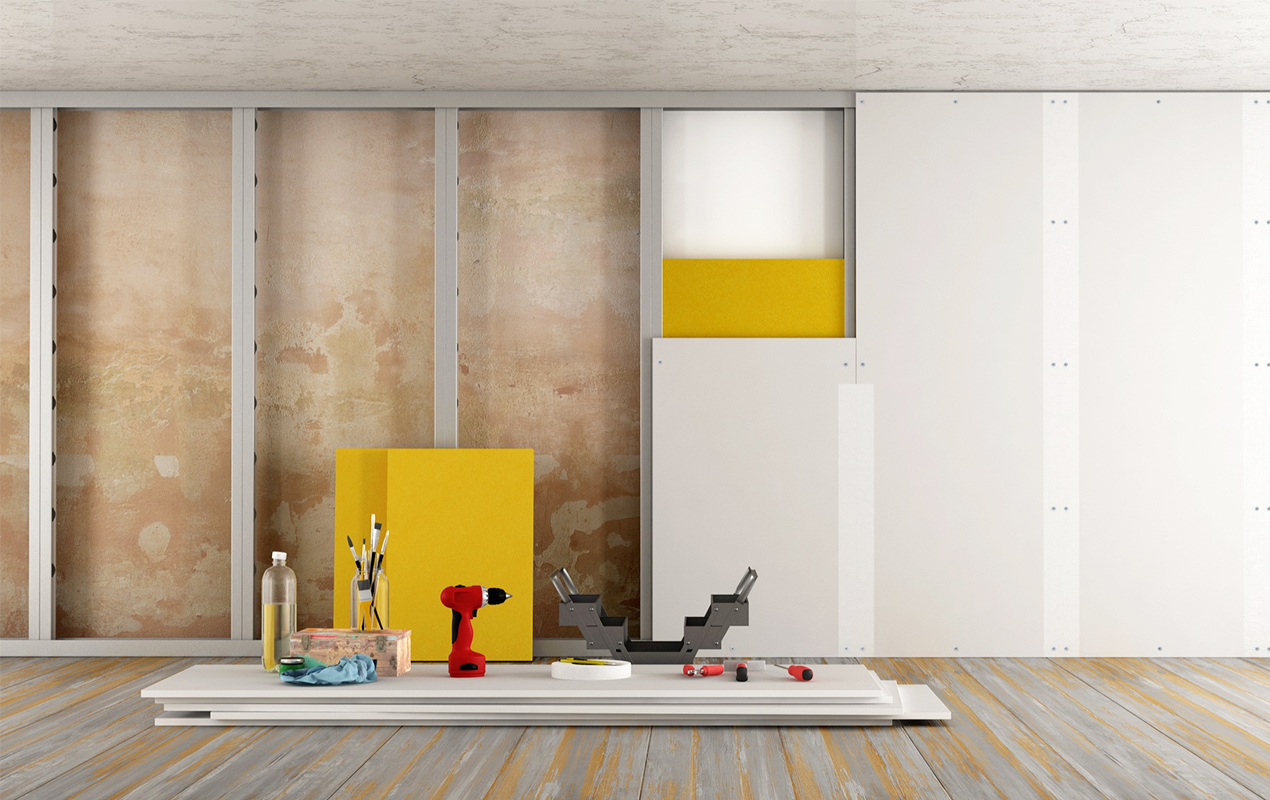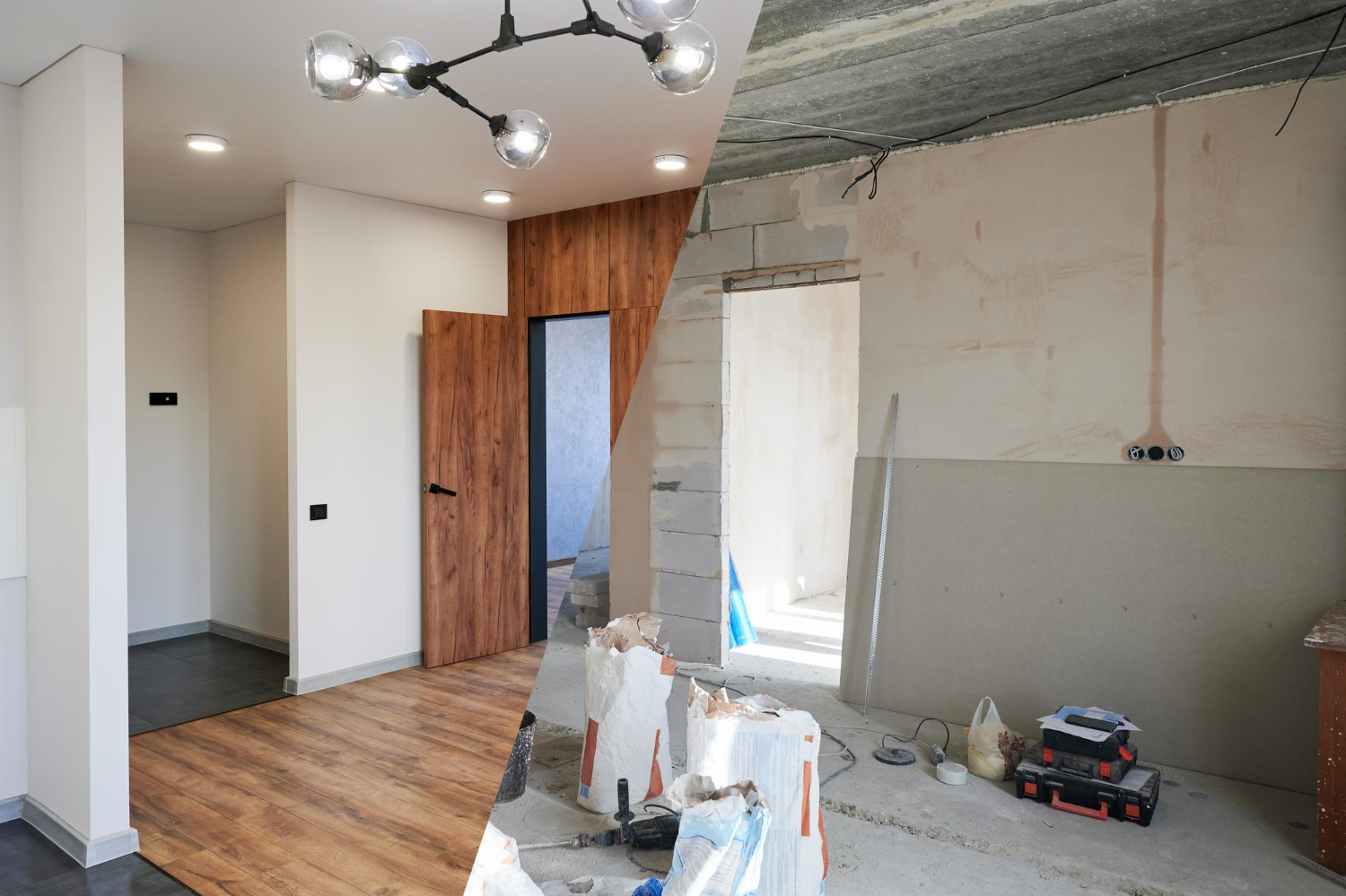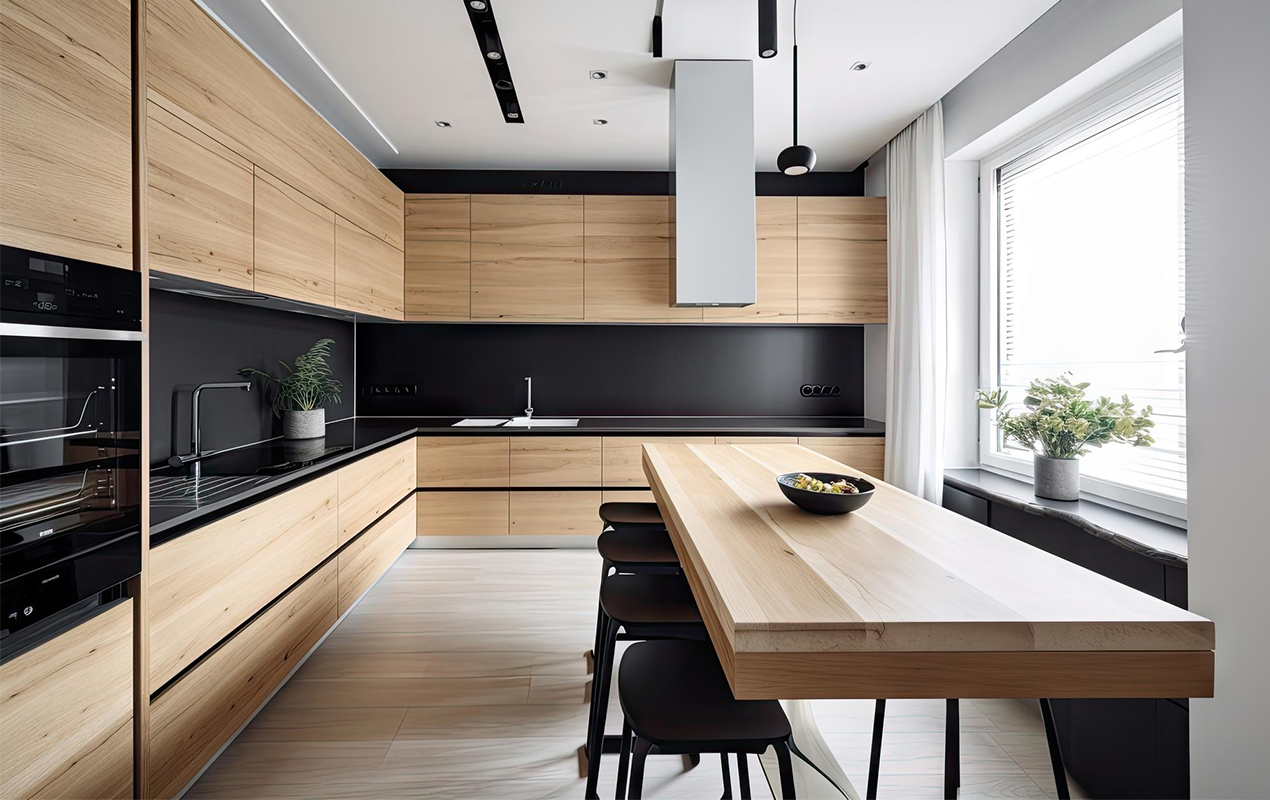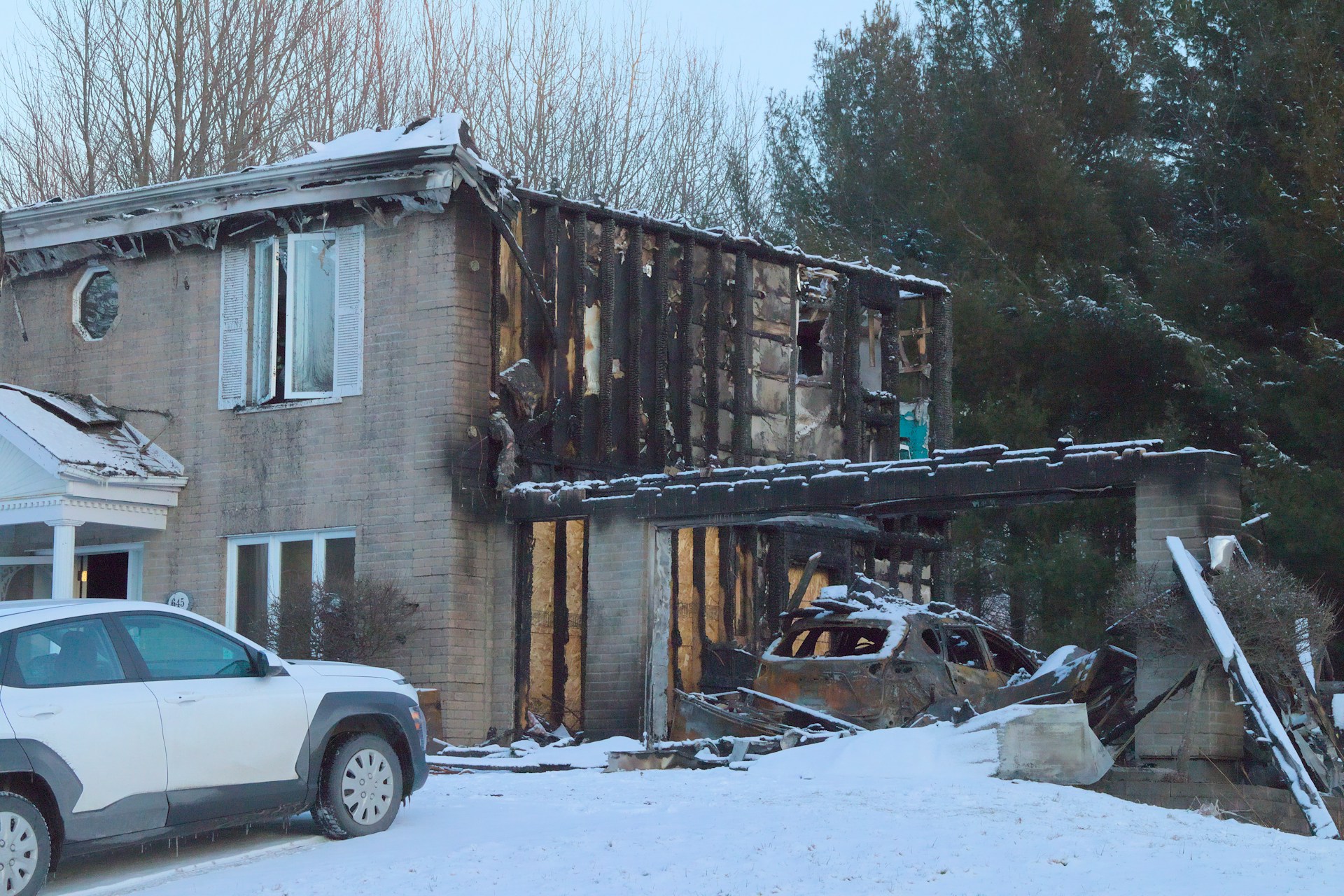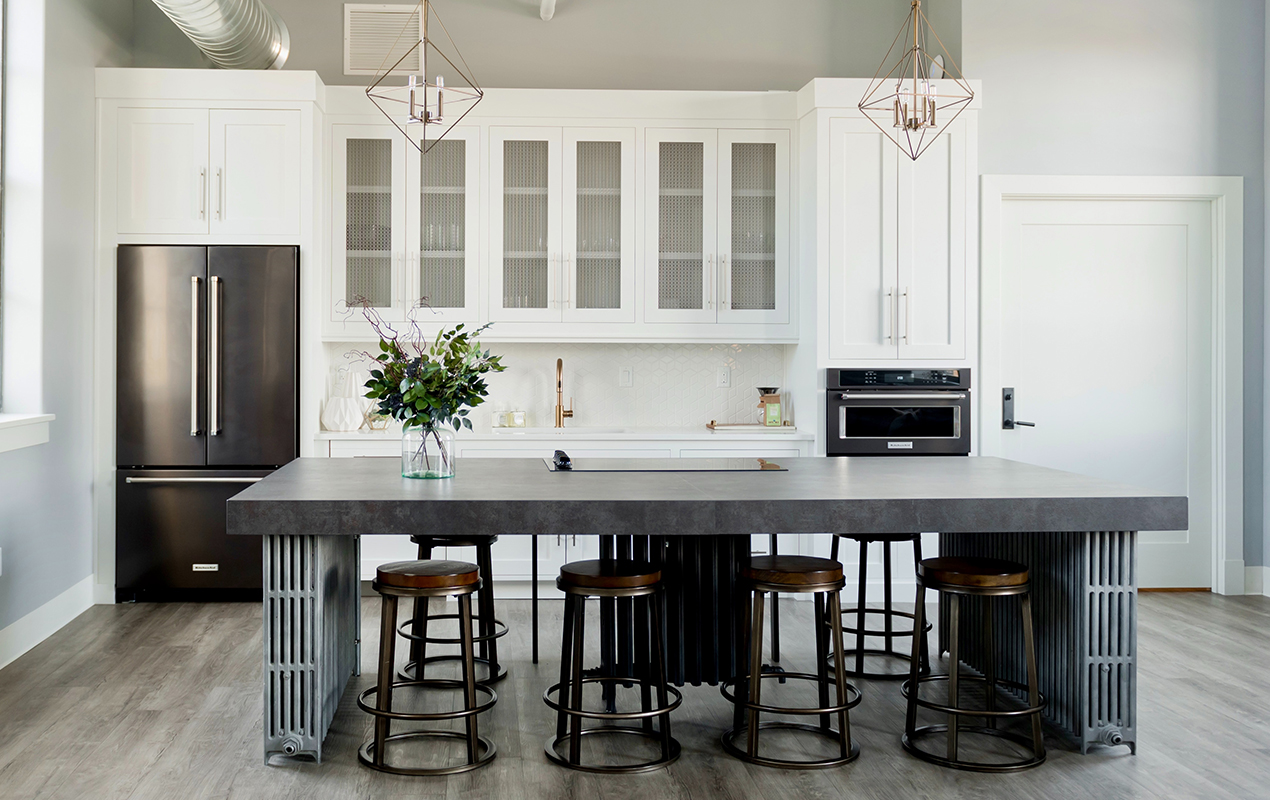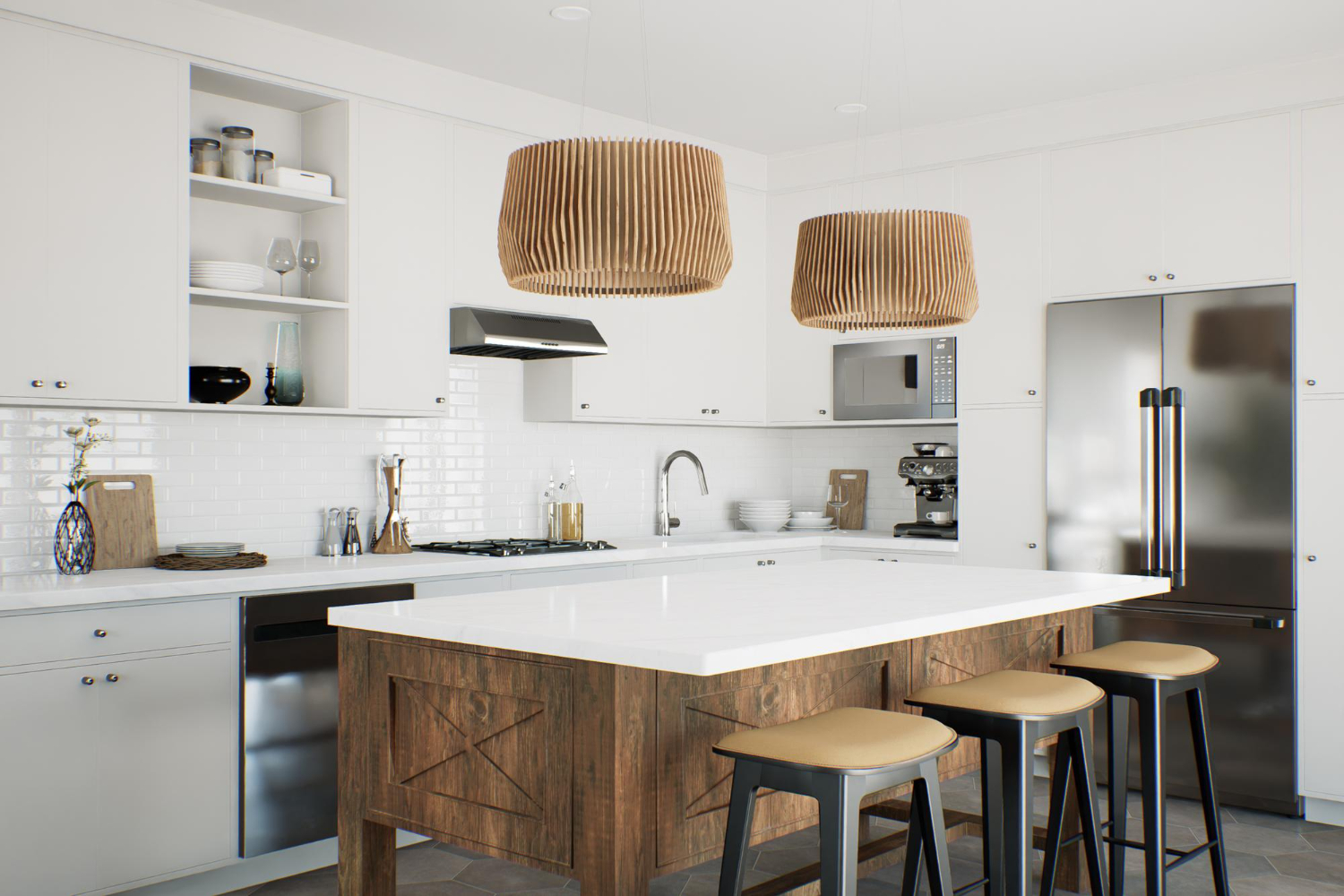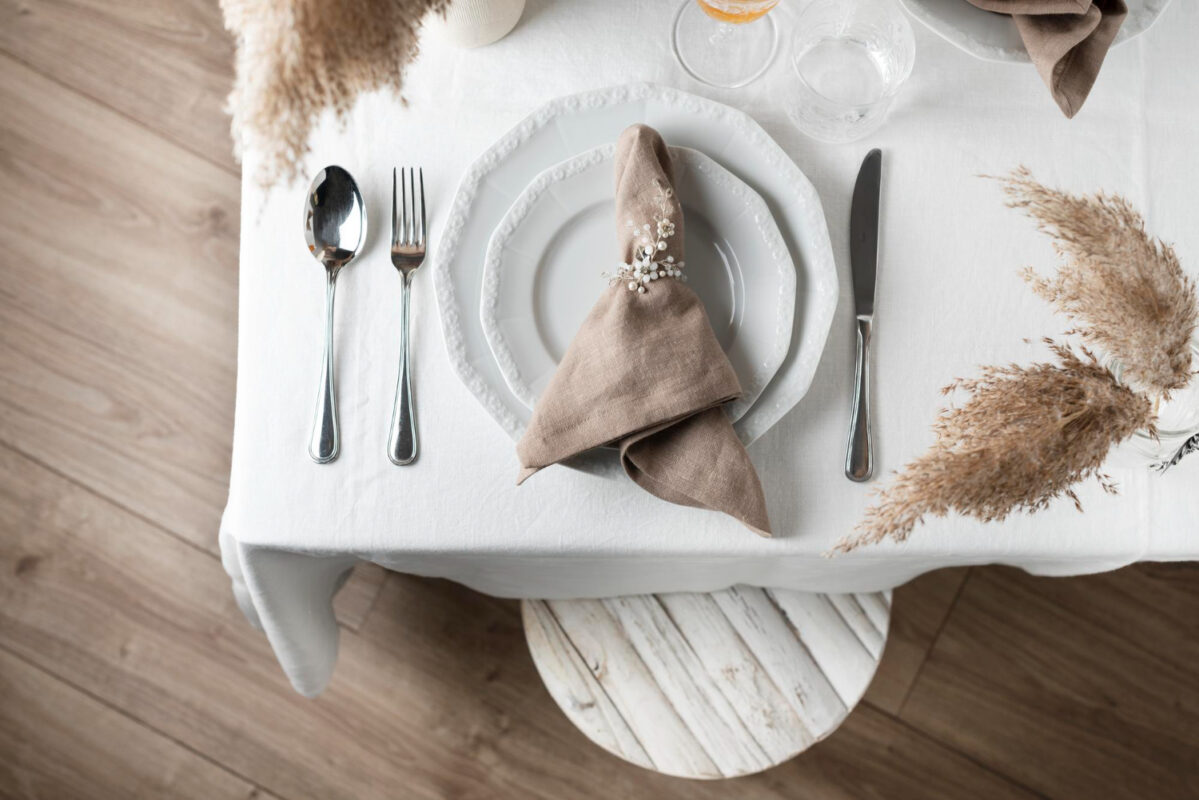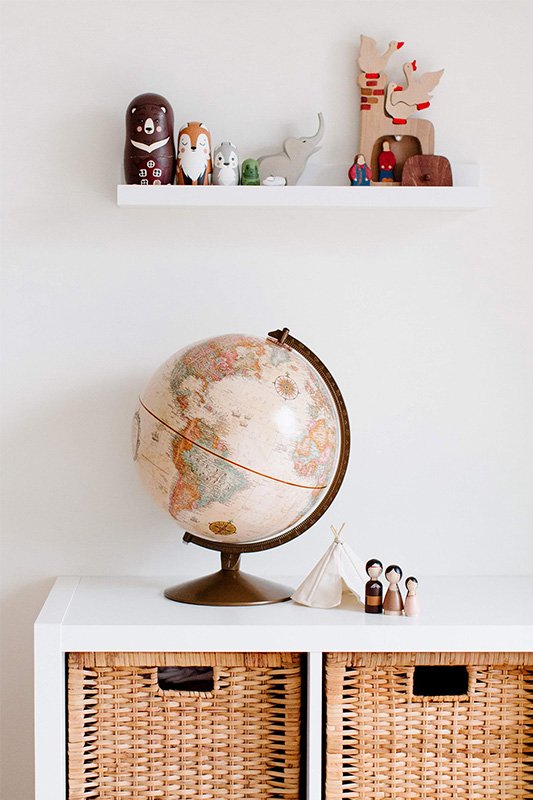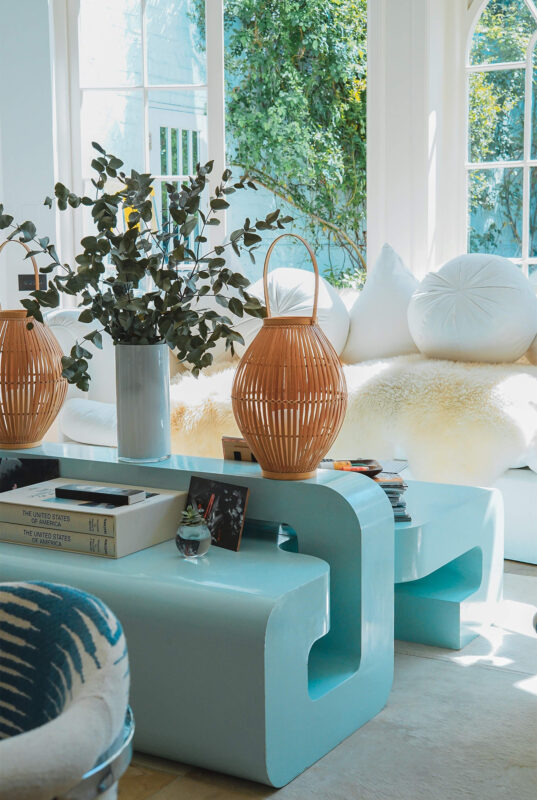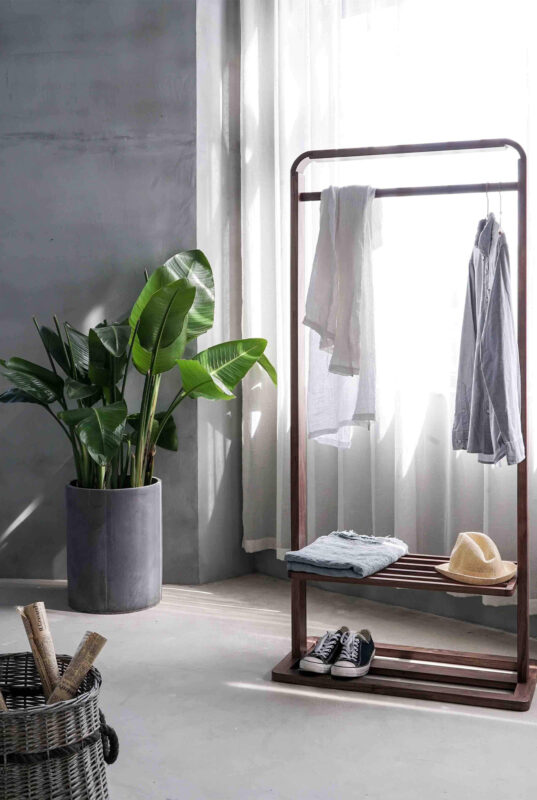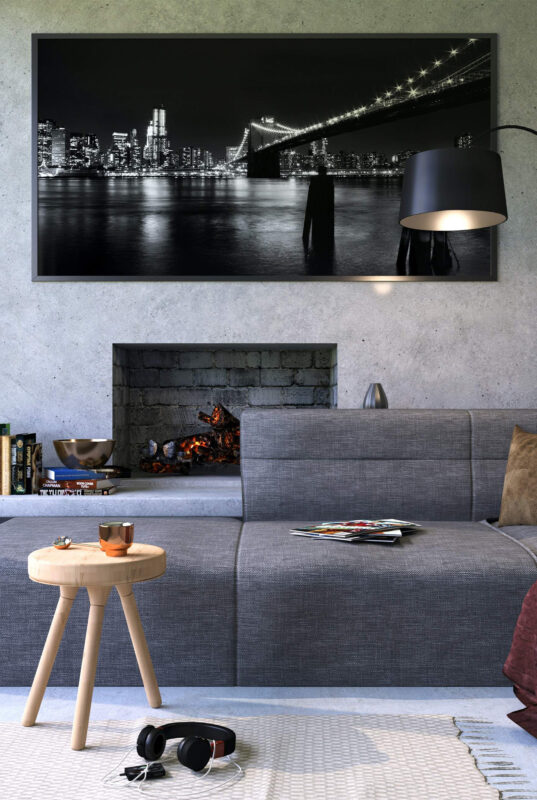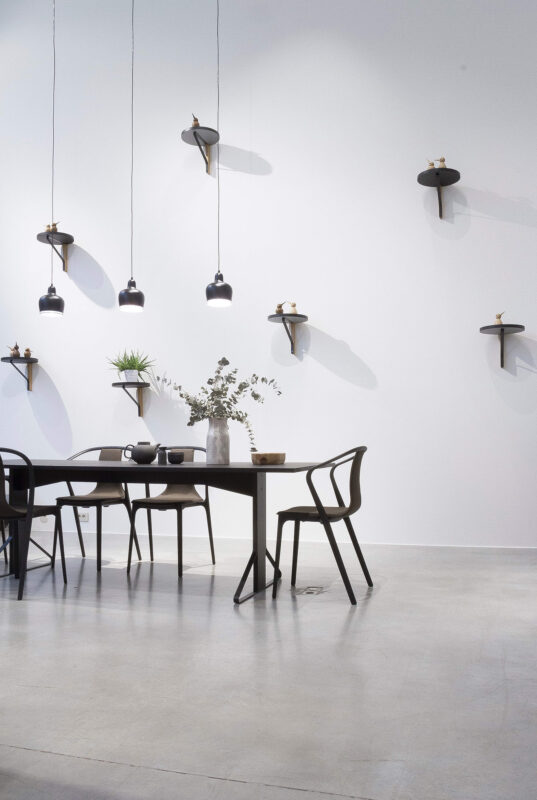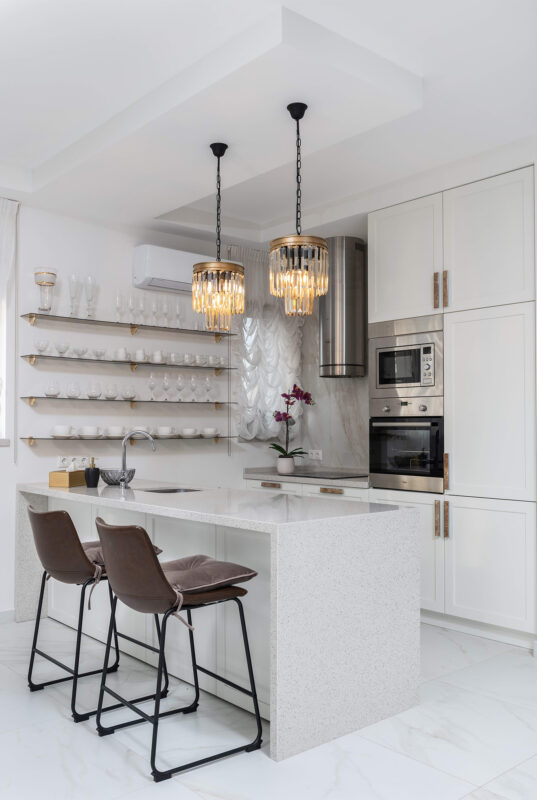How to Install Wall Sconces Without Wiring (No Electrician Required)

Most people think you need an electrician and major electrical work to install wall sconces, but that’s not true. You can get great wall sconce lighting without touching a single wire or calling a professional.
What changed everything is that battery-operated and wireless technology have improved significantly, making it difficult to distinguish between hardwired and battery-powered wall sconces.
Whether you live in a rental, want to avoid electrical work, or simply need a quick lighting solution, these methods are professional-looking, cost-effective, and suitable for different settings.
Best Methods to Install Wall Sconces Without Hardwiring
1. Battery-Operated Puck Light Method
The easiest way to get sconce-style lighting is to use battery-operated puck lights. These small, round fixtures attach directly to your wall, providing focused accent lighting that resembles expensive, built-in sconces.
Most puck lights run on three AAA batteries and last 30-50 hours of use. You can stick them onto walls with 3M command strips or mount them with screws for a more permanent look. The best part? Many come with remote controls, allowing you to turn them on and off from across the room.
2. Battery-Powered Wall Sconce Options
Traditional wall sconces are now available in battery-powered versions that resemble their hardwired counterparts. These mount to your wall just like regular sconces but hide the battery pack inside the fixture base.
Battery-powered sconces work great for bedroom wall sconces where you want a reading light, or wall lights for living room accent lighting. Look for rechargeable options to avoid constantly buying batteries.
3. Remote Control and Rechargeable Solutions
The newest battery-operated wall lights come with remote controls and rechargeable batteries. You charge them like your phone, and they last for weeks between charges. Some even have dimmer controls built into the remote, giving you complete control over brightness and mood lighting.
Step-by-Step: Installing Sconces Without Wiring
Using 3M Command Strips for Lightweight Fixtures
For puck lights and lightweight sconces under 2 pounds:
Start by cleaning your wall with rubbing alcohol to remove any dust or oils. Attach command strips to the back of your fixture according to the weight rating; most puck lights require 2 to 4 strips. Press the fixture firmly against the wall for 30 seconds, then wait one hour before turning the light on.
This method works well for renters since command strips remove cleanly without damaging paint or walls.
Wall Mounting with Screws (Rental-Friendly Options)
For heavier sconces or more permanent installations:
Mark your sconce placement with a pencil – typically 60-66 inches from the floor for living areas, or 30-36 inches above nightstands in bedrooms. Use a stud finder to locate wall studs for the strongest mounting.
Drill pilot holes and attach your sconce using screws suitable for your wall type. Even renters can do this since small screw holes are easy to patch when you move out.
Adding Dimmer Controls and Remote Features
Many battery-operated sconces come with built-in dimmers, but you can add remote dimmer switches to basic fixtures. These small modules install between the light bulb and the fixture, providing wireless dimming control.
Remote controls allow you to operate multiple sconces simultaneously, creating layered accent lighting throughout your room.
Best Battery-Operated Wall Sconce Solutions
1. Puck Lights vs Traditional Sconce Fixtures
| Feature | Puck Lights | Traditional Battery Sconces |
| Installation | Stick-on with command strips | Mount with screws |
| Appearance | Modern, minimalist | Classic sconce styling |
| Cost | $15-40 each | $50-150 each |
| Battery Life | 30-50 hours | 40-100 hours |
| Best For | Quick accent lighting | Main wall lighting |
Puck lights work well when you need simple accent lighting or want to test sconce placement before committing to permanent fixtures. Traditional battery-operated sconces resemble real hardwired fixtures and provide better overall room lighting.
2. AAA Battery vs Rechargeable Options
AAA battery fixtures are cheaper upfront, but they cost more in the long term since you’re constantly buying batteries. Rechargeable sconces cost more initially but save money over time and are way more convenient.
Most rechargeable wall sconces last 2-4 weeks between charges when used regularly. They usually come with USB charging cables, allowing you to charge them like any other device.
3. Bedroom Wall Sconces and Living Room Applications
Bedroom wall sconces work perfectly as reading lights when installed 30-36 inches above your mattress. Use warm white bulbs (2700K-3000K) to create a cozy atmosphere that won’t keep you awake.
For living room wall lights, install them at eye level (around 60-66 inches) to provide ambient lighting that complements your main room lighting. Space multiple sconces 6-8 feet apart for even coverage.
Common Installation Mistakes to Avoid
1. Weight Limits and Mounting Surface Considerations
Don’t trust command strips beyond their weight rating; they’ll fail, and your sconce will fall. Heavy sconces require screw mounting, especially on textured walls where command strips tend not to adhere well.
Test your wall surface first. Command strips work well on smooth painted walls but struggle on brick, textured wallpaper, or freshly painted surfaces that haven’t fully cured.
2. Battery Life and Maintenance Tips
Keep spare batteries on hand, especially if you use your sconces daily. Battery life drops significantly in cold temperatures, so sconces in unheated areas won’t last as long.
Set up a charging rotation for rechargeable sconces – charge one while using the other to avoid having both dead at the same time.
3. Placement Rules for Accent Lighting
Don’t install sconces too high or too low. The general rule is 60-66 inches from the floor for most rooms, but adjust this measurement based on the ceiling height and furniture placement.
A lighting expert from Schoolhouse Electric puts it well – when installing sconces, “the height of the sconce should land just around eye level, preventing unflattering shadows or harsh glares.” This applies whether you’re using hardwired or battery-operated fixtures.
Avoid placing battery-operated sconces in bathrooms or other high-humidity areas unless they’re explicitly rated for damp locations. Moisture can damage battery compartments and electronics.
When to Choose Wireless vs Hardwired Sconces
Rental Situations and Temporary Installations
Battery-operated wall sconces are great for renters who can’t modify electrical systems. You get professional-looking lighting without breaking lease agreements or losing security deposits.
They’re also great for temporary setups, such as staging a home for sale, seasonal decorating, or trying different lighting arrangements before committing to permanent installations.
Cost Comparison: DIY vs Electrician
Installing hardwired sconces costs $200-$ 500 per fixture when you hire an electrician, plus the cost of running new wiring if it doesn’t already exist. Battery-operated sconces cost $30-$ 150 per fixture, with no installation fees.
Even high-end rechargeable sconces cost less than having one hardwired fixture professionally installed. When shopping for quality battery-operated fixtures, top retailers like Lighthouse offer reliable options that provide years of dependable lighting without the need for electrical work.
Long-Term Performance Expectations
Good battery-operated sconces last 3-5 years with regular use before the battery packs need replacement. Rechargeable options typically last longer than disposable battery types.
While hardwired sconces last for decades, battery options give you the flexibility to move, upgrade, or change your lighting design without requiring electrical work.
Choosing the Right Style of Sconce
Wall sconces should be treated as part of your décor just as much as they’re a source of light. The right style can make a small room feel bigger, set the mood in a bedroom, or add character to an otherwise plain hallway. When picking a design, keep three main factors in mind:
1. Room Purpose
Think about the role the sconce will play. In a bedroom, opt for warm, soft-glow fixtures that create a relaxing environment. In hallways or entryways, a more structured light helps with navigation and adds architectural interest.
2. Finish and Material
Matte black and brushed nickel are popular in modern homes, while brass, bronze, or glass accents lean more classic or vintage. Lighter finishes tend to blend in, while darker metals stand out as a design feature.
3. Scale and Placement
Oversized sconces can make a bold statement in large rooms, but they’ll overwhelm smaller spaces. Match the fixture size to your wall area and ceiling height. A good rule of thumb is to install sconces so the center of the light is close to eye level for balanced illumination.
If you’re looking for options that combine designer-level style with practical installation, Kichler lighting wall sconces are worth considering. They offer a wide selection of shapes and finishes, many of which are available in plug-in or battery-powered models, making it easy to achieve a high-end look without the need for wiring.
Frequently Asked Questions
- Can battery-operated wall sconces look as good as hardwired ones? Yes, they can. Modern battery-operated sconces are designed to resemble hardwired fixtures. Most people can’t tell the difference once they’re installed on the wall.
- How long do batteries last in wall sconces? AAA batteries typically last 30-50 hours of use, while rechargeable sconces run 2-4 weeks between charges. LED bulbs use significantly less power than traditional bulbs, resulting in relatively good battery life.
- Will command strips hold wall sconces securely? Command strips work well for lightweight puck lights and small sconces under 2 pounds. For heavier fixtures, use screws for better security.
- Can you dim battery-operated wall sconces? Many battery-operated sconces come with built-in dimmers or remote controls that feature dimming capabilities. You can also add wireless dimmer modules to basic fixtures.
- Are battery wall sconces suitable for a reading light? Yes, they work well, especially when installed 30-36 inches above your bed or chair. Select sconces with a focused downward light and warm white bulbs for a comfortable reading experience.



